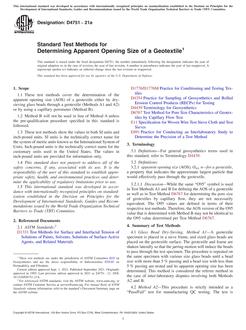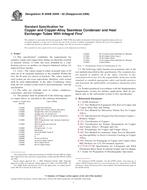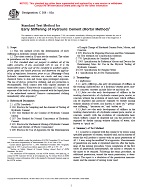1.1 This guide covers techniques that can be used to calibrate a ground-water flow model. The calibration of a model is the process of matching historical data, and is usually a prerequisite for making predictions with the model.
1.2 Calibration is one of the stages of applying a ground-water modeling code to a site-specific problem (see Guide D 5447). Calibration is the process of refining the model representation of the hydrogeologic framework, hydraulic properties, and boundary conditions to achieve a desired degree of correspondence between the model simulations and observations of the ground-water flow system.
1.3 Flow models are usually calibrated using either the manual (trial-and-error) method or an automated (inverse) method. This guide presents some techniques for calibrating a flow model using either method.
1.4 This guide is written for calibrating saturated porous medium (continuum) ground-water flow models. However, these techniques, suitably modified, could be applied to other types of related ground-water models, such as multi-phase models, non-continuum (karst or fracture flow) models, or mass transport models.
1.5 Guide D 5447 presents the steps to be taken in applying a ground-water modeling code to a site-specific problem. Calibration is one of those steps. Other standards have been prepared on environmental modeling, such as Guides D 5490, D 5609, D 5610, D 5611, D 5718, and Practice E 978.
1.6 This standard does not purport to address all of the safety concerns, if any, associated with its use. It is the responsibility of the user of this standard to establish appropriate safety and health practices and determine the applicability of regulatory limitations prior to use.
Product Details
- Published:
- 01/01/2002
- Number of Pages:
- 6
- File Size:
- 1 file , 37 KB


